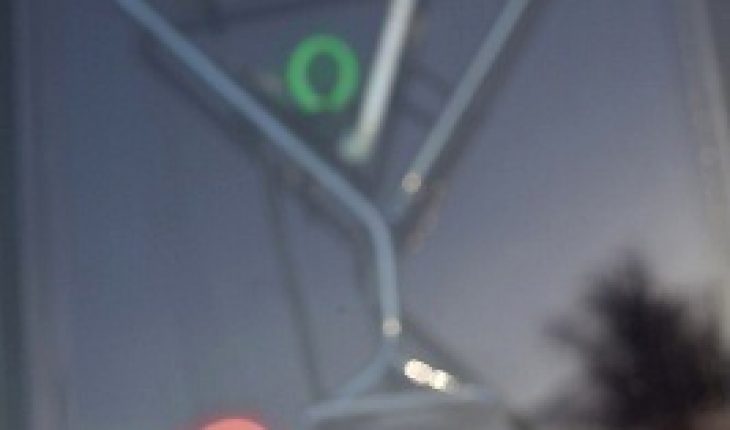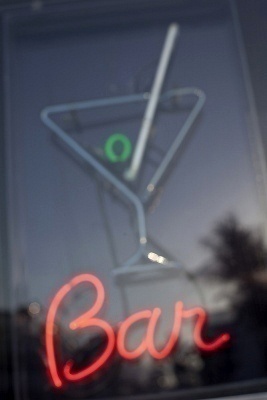Neon is not very common on Earth, but is one of the most abundant in the universe. Even if that is the case, the element is utilized in many ways by people. Its symbol is Ne and the atomic number is 10.
Its most common application is in advertisement. Ne generates a bright reddish orange color. Neon lights refer to various colors and lights. However, neon lights come from other gases and not necessarily neon.
The element is also used in helium neon lasers, television tubes and wave meter tubes. It is also used in lightning arresters. This is used to shield electrical equipment from lightning. There are also high voltage indicators and vacuum tubes that employ it.
Electrical Discharges
Ne discharges electricity at regular voltages and currents. Other inert gases do not. The orange red light appears when Ne gas is placed in a tube and current goes through it. Ne gas only produces orange red; other gases are used to produce other colors. The Ne gas discharge is applied in neon glow lamps, fluorescent lamps and other lighting systems.
Most of these lamps can function without using high voltages. Neon signs use high voltages though, up to 2 kv at least. Because of the way it is used, Ne is sometimes called fill gas. Neon light cannot be obscured by fog whereas other lights are affected.
Neon and Mercury
Adding traces of mercury into Ne turns the orange red color to vivid blue. Changing the composition of mercury and neon produces other lights, colors and shades. It is these colors that are used for landscaping and interior design.
Other Uses of Neon
Ne is valued as a lighting system because it is usable in cold places. That is also the reason why the element is used in aircraft beacons and aircraft. Ne can also be used as a cryogenic refrigerant. Research shows that Ne per unit volume of liquid has 40x more capacity than liquid helium. Neon in a liquid state has three times more capacity than liquid hydrogen. Basically, this means neon’s vaporization latent heat is 40 times more than helium and three times more than hydrogen.
General Characteristics
The element is formed out of unstable hydrate. A few gases have discharges, but none are as powerful as that of neon. The element has three stable isotopes. Their weights are 22, 21 and 20. There are also a dozen radioactive isotopes which are unstable. In room temperature it is gaseous and colorless.
Its properties and lightness are the reasons why it is so rare. Only 0.0018 percent can be found in the atmosphere. The neon used in industries is taken from the air. Its standard state is gas at 298 K. its classification is non-metallic and belongs to the Noble gas group. It belongs to 18 in the periodic table.
The element was discovered by Morris Travers and Sir William Ramsay in 1898. They discovered neon shortly after uncovering krypton.
Occurrence
On a universal scale, it is the fifth most common. As stated earlier, the reason for its rarity is chemical inertness and high vapor pressure. This keeps the element from being ensnared in dust clouds and condensed gas. Ne’s monatomic nature gives it light weight.
By comparison, the molecules in oxygen and nitrogen are much heavier. Stuffing a balloon with neon will cause it to rise. But it will be slower compared to a balloon with helium. The Galileo spacecraft discovered that neon can be found in Jupiter. The element is in the upper part of Jupiter’s atmosphere. But like on Earth, the amount is reduced compared with other elements.
More about Neon Lighting
The basic process used to create them is the same. Neon or other gases are placed in bulbs or glass tubes. The process was discovered by the French engineer Georges Claude. He demonstrated neon tube lighting from December 3–18, 1910 at the Paris Motor Show. From the 1920s to the 1940s, its usage became widespread in Europe. It also became a hit in the US during that same time.
By 1940, almost every city in the US was making use of this technology. Neon signs and ads became especially popular in Times Square in New York. Use of the signs slowed in the US during World War II however they emerged in Japan.
Neon lighting can also come in the form of miniature neon glow lamp. This technology was developed in 1917. Unlike neon tubes, these are much shorter. However, the intensity is less. Eventually, the neon glow lamp led to the development of modern TVs and displays. Fluorescent lighting came nearly 25 years later.
While there are many uses of neon, they are not as many as those of other elements. The reason is money. Neon costs 50x more than helium to produce.

